As part of the V&A’s ongoing collaboration with China Merchants Group, Luisa E. Mengoni, currently stationed in Shenzhen as Head of the V&A Gallery, reports from the frontlines of Chinese design and manufacturing. Here we present a series of reports on current events and dialogues with some of the region’s most influential and insightful figures. The aim is to get a finger on the pulse concerning the monumental shifts taking place in the way things are designed and made, from one of the most important manufacturing centres in the world.
Living in Shenzhen means that sooner or later one will encounter two formidable universes: Shanzhai 山寨 and the Maker movement, both offering different expressions of creativity revolving around hardware, electronics, making and new forms of manufacturing and information sharing. The two worlds also pop up together in a conversation with Li Ta-wei 李大维 (David Li) who argues that the free, informal and open source systems through which both makers and Shanzhai manufacturers operate has allowed the development of a particular type of grassroots innovation, particularly in Shenzhen. Li Ta-wei is the co-founder of the first Makerspace or hackerspace in China – Xinchejian 新车间 – that opened in 2010 in Shanghai. The space gathers together DIY amateurs, specialists in electronics and engineering, inventors, developers, designers, artists and kids to display their work and share information and skills. He is also the co-founder of the think-tank focusing on technological production Hacked Matter, established together with Silvia Lindtner, Assistant Professor at the University of Michigan School of Information, and Anna Greenspan, Professor of Urbanism and Digital Culture at NYU Shanghai.
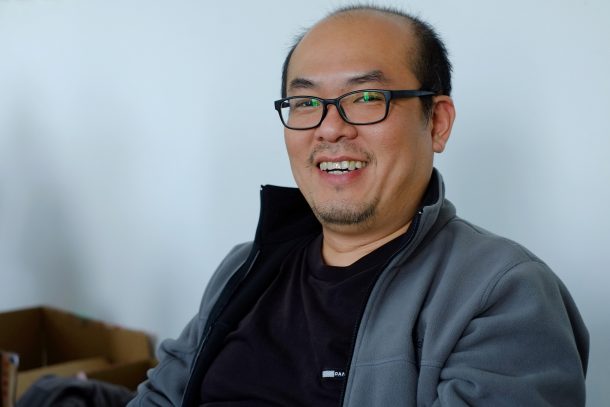
The term Shanzhai originally referred to cheap copycats of brand products and electronic devices, particularly mobile phones that took the name of ai-phone, Nakia and Samsong, but is now increasingly applied to the entire Open Manufacture system developed in Shenzhen in the last thirty years as an ad-hoc model based on easy and open access to electronic components, ready to produce key solutions ‘open boards’ and a network of relationships and providers. Shanzhai mobiles are still popular in China, particularly with customers who cannot afford an original branded phone and would opt for a cheaper option, and are widely exported to Africa, South America, South-East Asia and Russia. The mainstream of Shanzhai products are niche products or items offering very specific bespoke features, such as large fonts for old people, cute shapes and designs for kids, multiple SIM cards, solar chargers and other more culturally specific solutions, such as a compass to locate Mecca for daily prayer. Unusual and crazy options can be readily available.
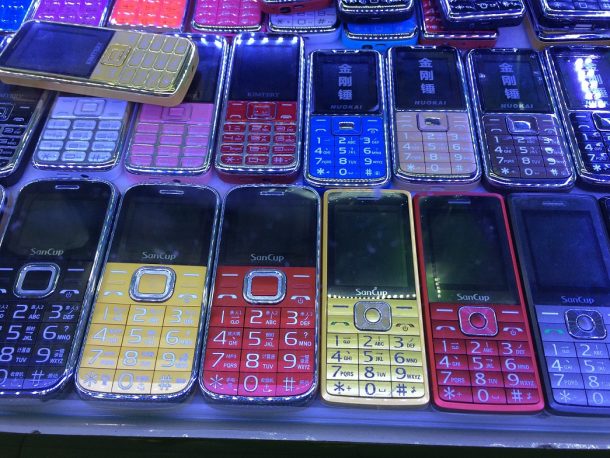
A quick tour to the electronics market in Huaqiangbei 华强北 will give an immediate sense of what can be purchased or sourced, and a range of all possible components is readily available in the myriad small factories of electronics scattered through town that are all – in one way or another – connected in an agile network. Taobao – the Chinese version of Amazon and E-bay – is another great indicator of what is out there. The flexibility of the manufacturing chain for Shanzhai goods have encouraged several companies to outsource and develop new products in Shenzhen. A French entrepreneur, Laurent Dahan, partnered in 2011 with the Shenzhen company Tinno, established in 2005, to develop and launch the smartphone Wiko, also nick-named the ‘French Samsung’. The phone, offered at much more competitive prices than iPhones and Samsung phones, is now second in sales in France. Such partnerships are usually a win-win situation even if the Chinese company usually takes a much larger share of the revenue. Li Ta-wei firmly believes that the Shanzhai ecosystem, based on open-source technology and open manufacturing, and – incidentally – with total disregard for IP, provides an efficient model for all the partners involved. It is also very telling that the concept of branding, which attracts most of the attention in the western world, is almost irrelevant in the Shanzhai world, where what really counts is to make and sell things in the most efficient way.
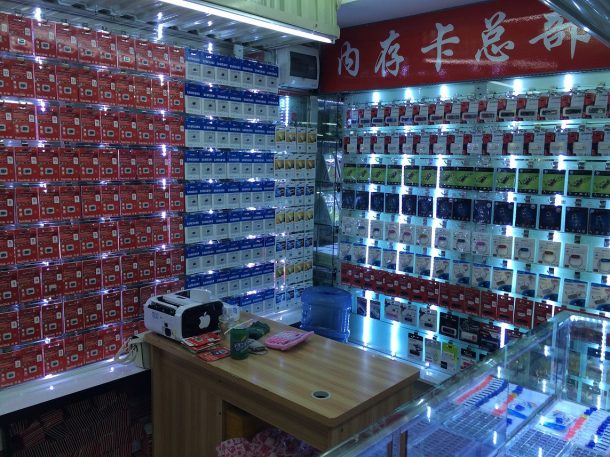
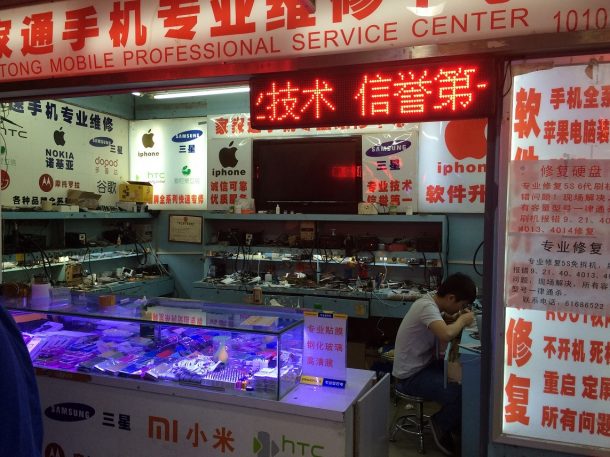
The Maker movement started in Berlin in 1995 with a group of young programmers who got together to share their work and interests, but also to engage critically with the impact of technology and on-line communication in a globalised world. Their more intellectual approach turned into a wider and more inclusive phenomenon in the early 2000s in the US where the Maker movement involved engineers and tech-geeks, as well as DIY amateurs, hobbyists and anybody interested in using electronics to make new, creative and fun things. Workshops, gatherings and fairs soon spread all over the world. Around 2010 the idea of hacker spaces reached China and immediately developed into a range of activities and Makerspaces particularly in Shanghai, Beijing and Shenzhen, what Li Ta-wei calls a ‘Maker movement with Chinese characteristics’. It is in Shenzhen that the founding qualities of the Maker movement – open source, grass-roots and entrepreneurial – find an interesting convergence and resonance with the world of Shanzhai manufacturers, who can rely on an extensive network of providers, manufacturers and distributors to make affordable and increasingly advanced electronic and industrial products.
Chinese tech start-ups have realised early on the potential of this ecosystem. The perfect success story is Hao (or Eric) Pan, now identified as one of the most talented entrepreneurs of his generation. In 2008 he came to Shenzhen from Beijing and established Seeed, a company offering a hardware innovation platform and helping makers in developing their ideas and manufacturing prototypes. They invest in research, technology and development and have a very good understanding of supply chains. In 2011 Seeed established the first hacker space in Shenzhen – Chaihuo Makerspace (柴火创客空间) – and in 2012 brought to Shenzhen the first Maker Faire in China, now known as the Shenzhen Maker Faire. The community of makers in Shenzhen is developing fast and the city is now attracting international hacker groups, tech start-ups and accelerator programmes who can get the best out of an already established and advanced system of hardware sourcing and manufacturing. The convergence of these groups with local Shenzhen factories – what Silvia Lindtner in her talk at SXSW 2014 has defined as ‘made with China’ – is also revealing new forms of making and creative thinking, which in her view may lead to significant changes in industrial production and innovation in China, as well as to a shift in stereotypical perspectives on China as ‘lacking creativity and capacity to innovate’.
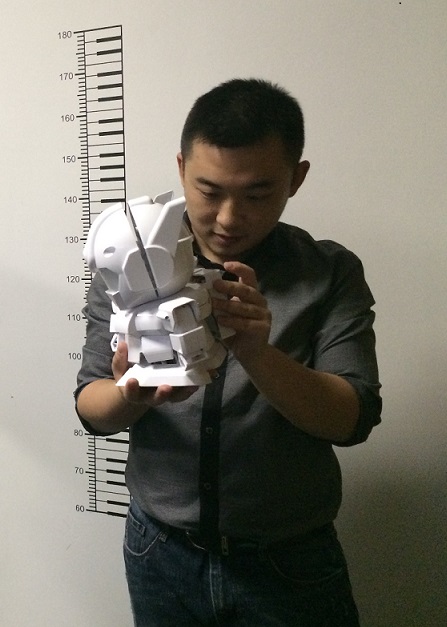
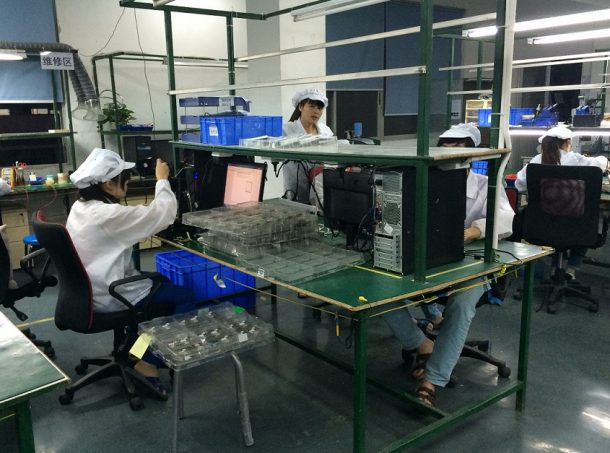
The potential of start-ups and Maker groups has recently been recognised by the Chinese government. Premier Li Keqiang visited the Chaihuo Maker Space in January this year and the State Council published in March a guideline called ‘Mass Makerspace’ (众创空间) to boost popular entrepreneurship and mass innovation by 2020. Key strategies are identified in incubating small businesses in emerging industries, encouraging design education, the setting up of start-ups and innovation platforms, and providing financial support to small enterprises. Large companies, such as Intel, are already opening investment funds i this direction, trying to attract young tech groups for the development of new ideas and prototypes. Design schools are also developing fast in China. It would be interesting to see whether this government push will have positive or negative effects on the movement and its potential.
The next big event in Shenzhen is the Source Circular Economy (OSCE) from June 11th to 15th, just days before the other important appointment for the Maker movement: the Shenzhen Maker Faire (19-21 June), which promises to be full of interesting activities, discussions and – most importantly – a lot of fun.
Further info:
http://www.paristechreview.com/2014/12/24/shanzhai-innovation-
http://www.theatlantic.com/technology/archive/2014/05/chinas-mass-production-system/370898/
http://online.thatsmags.com/post/diy-nation-the-fast-growing-world-of-chinas-hackerspace-communities
http://www.datenna.com/2015/04/03/china-to-encourage-entrepreneurship-and-innovation/
useful
I was searching for something like this… I thought that it was tranquil fascinating, ideally you will continue posting such sites… .Keep sharing.